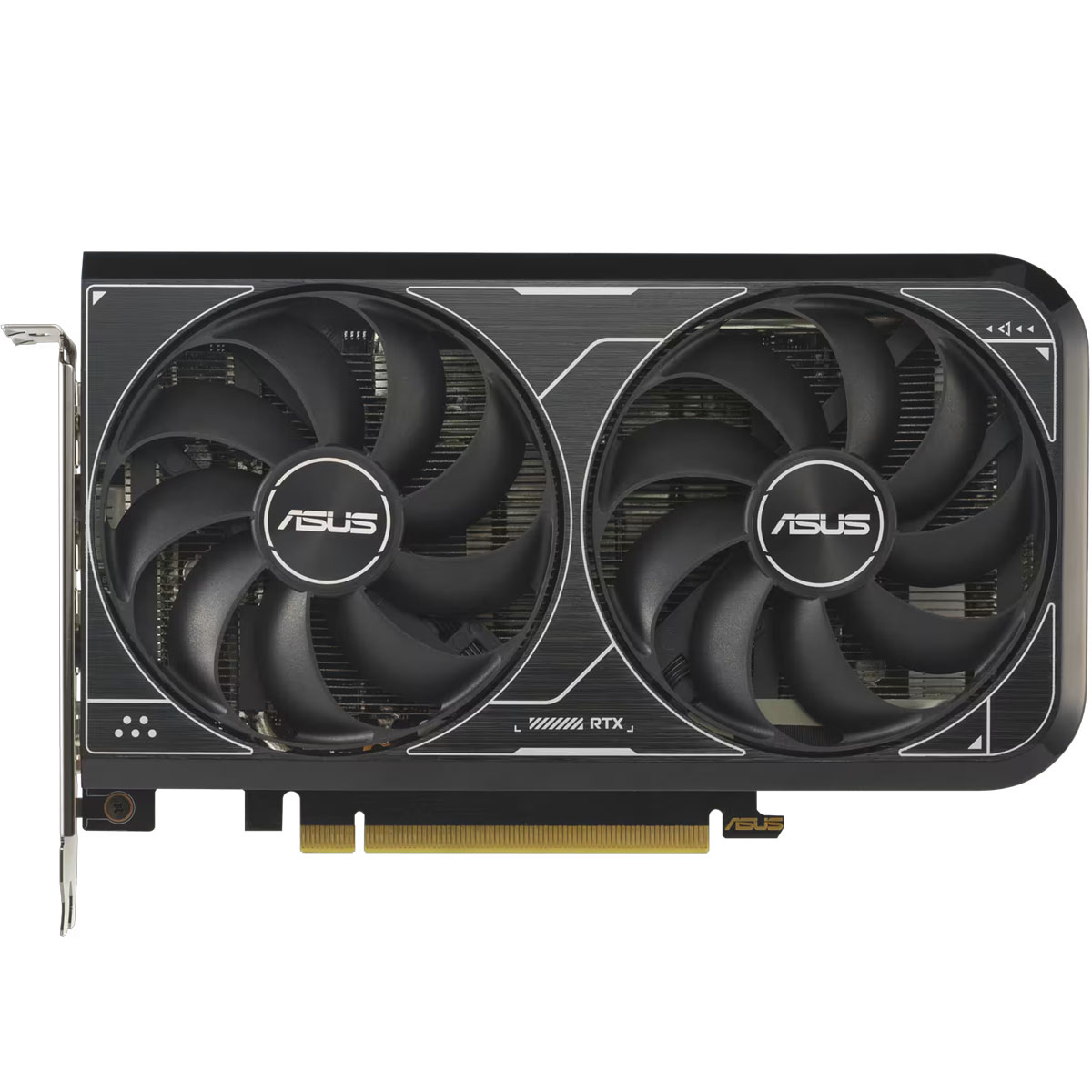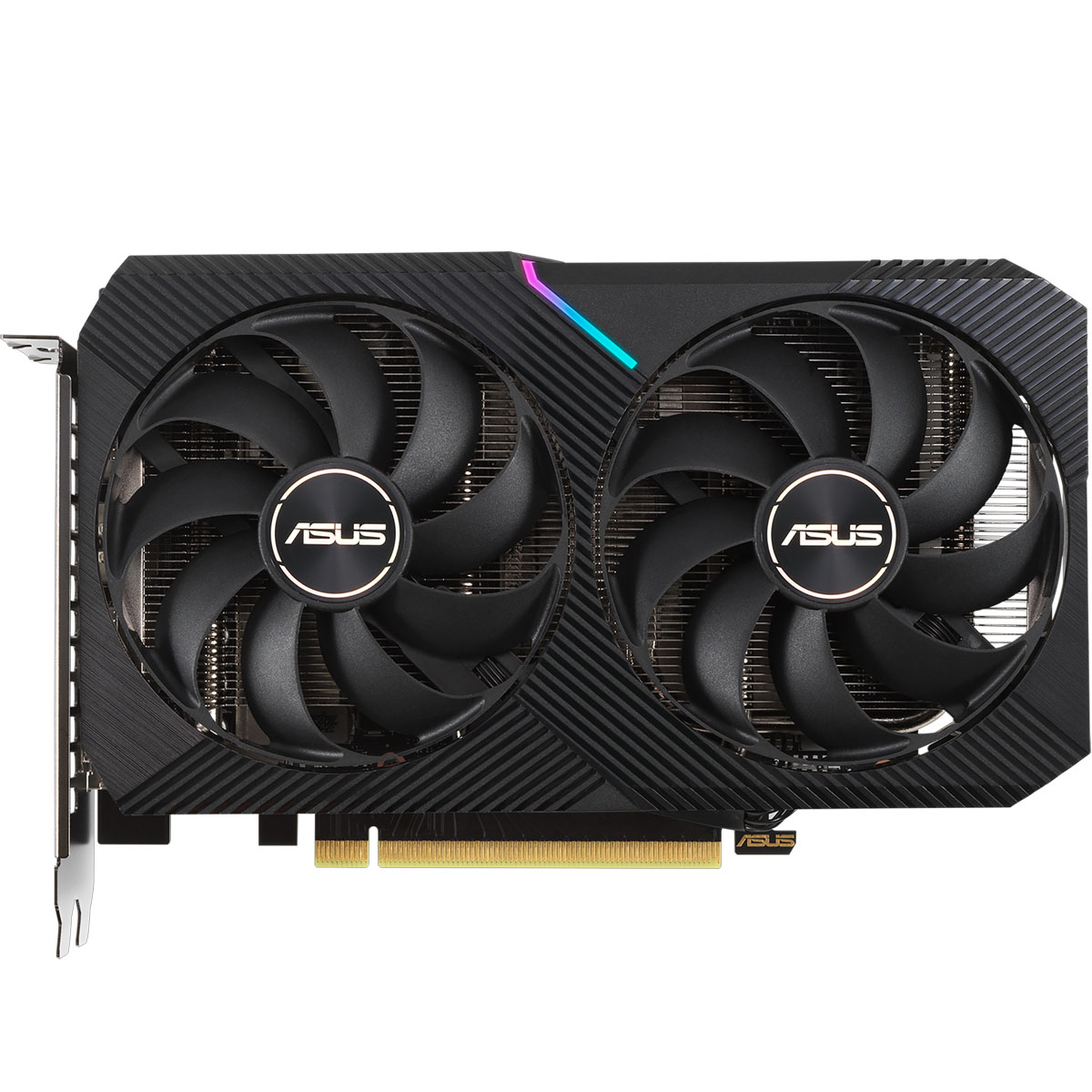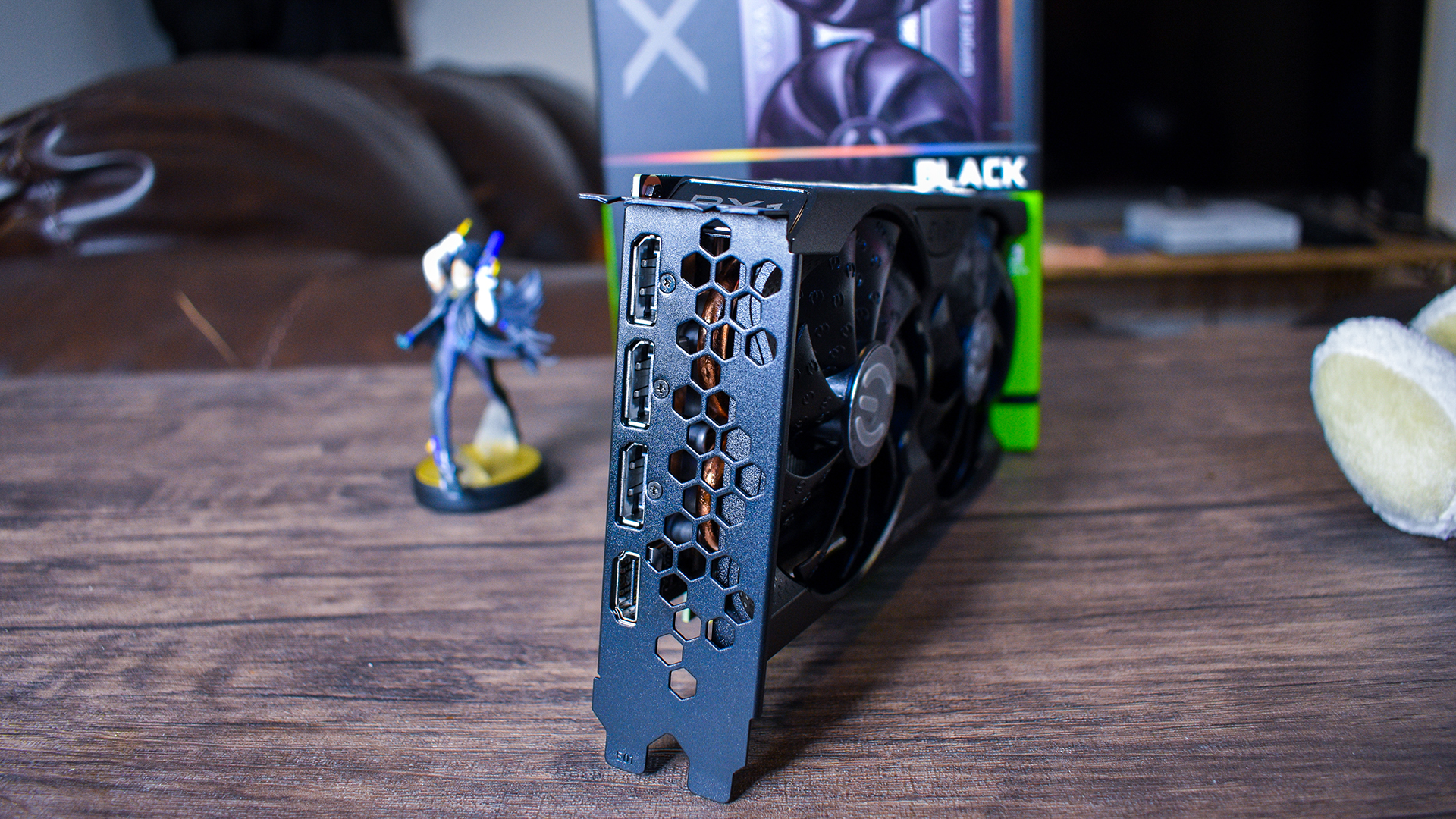While the mainstream Ada and Ampere options aren’t going to do much when stacked up against some of the best graphics cards
It’s important to note that, in the same way that the RTX 4060 replaced the RTX 3060, the RTX 5060 Ti has now arrived on the scene as the Blackwell mainstream champion.
The RTX 5060 is rumored to arrive later this year. As such, it’s important to weigh up all your options if you want a cost-effective build that’s ready for today’s games.
The RTX 3060 is long in the tooth, however, it has a surprising advantage over the two GPU generations that succeeded it, which we’ll touch on further down the page.
We’ll be comparing the RTX 4060 vs RTX 3060 based on their price, specs, performance, and value so that you can make an informed purchasing decision.
While neither of these cards will win praise as the best 4K graphics cards , we recommend reading up on newer GPUs like the RTX 4070 Super RTX 5070 RTX 5070 Ti
(Image credit: Future) Nvidia RTX 4060 vs RTX 3060: Price Comparing the RTX 4060 vs RTX 3060 is a little trickier in 2025, considering the age of the latter card.
While the RTX 4060 launched in June 2023 with an MSRP of $299 / £289 / AU$545, the RTX 3060 hit the scene two years prior, in February 2021, with an MSRP of $329 / £264 / AU$430.
Taking at face value, the former was cheaper at launch in the US, with the latter more affordable in the UK and Canada. However, we have to take the passage of time into account.
Despite its age, the RTX 3060 remains readily available in territories such as the US, the UK, and Australia from major retailers such as Best Buy, Amazon , Scan, and Mwave.
It’s entirely possible to find two variants of the GPU in 2025 for around the $250 / £250 /AU$400 mark, making the card a touch cheaper than the RTX 4060, which has yet to be properly replaced by the upcoming RTX 5060.
(Image credit: Future / John Loeffler) Nvidia RTX 4060 vs RTX 3060: Specs Swipe to scroll horizontally
Nvidia RTX 4060 vs RTX 3060: Specs Row 0 – Cell 0 Nvidia RTX 4060
Nvidia RTX 3060
% Difference
Process Technology
TSMC 5nm
Samsung 8nm
N/A
Transistors (Billion)
18.9
12
58.3
Compute units
24
28
16.6
Shaders
3,072
3,584
16.6
AI/Matrix cores
96
112
16.6
Ray Tracing Cores
24
28
16.6
Render Output Units
24
48
100
Texture Mapping Units
96
112
16.6
Boost Clock (MHz)
2,460 MHz
1,777 MHz
38.4
Memory type
GDDR6
GDDR6
N/A
VRAM (GB)
8
8-12GB
50
VRAM Bus Width
128-bit
192-bit
50
VRAM Speed (Gbps)
17
15
13.3
Bandwidth (GB/s)
272
360
32.3
TDP (watts)
115
170
47.8
PCIe Interface
PCIe 4.0 x8
PCIe 4.0 x16
N/A
Comparing the RTX 4060 vs RTX 3060 specs highlights the vast architectural differences that Ada employs compared to Ampere, with the latter favoring efficiency while scaling back on some of the hardware found in the former.
At first glance, it looks as though the Ampere card should be more powerful; it features nearly 20% more shaders, Tensor Cores, RT Cores, and double the Render Output Units (ROPs), but that’s not entirely the case.
It’s all to do with how TSMC’s 5nm process compares to Samsung ‘s 8nm process. The extra components on the PCB mean that the Ampere card has a higher power requirement by nearly 50% (170W TDP vs 115W TDP), too.
(Image credit: Future) Outlining how the RTX 4060 and RTX 3060 directly compare, though, is more transparent. They are both entry-level cards featuring 8GB GDDR6 VRAM, at least in one configuration.
That’s because there’s an RTX 3060 12GB variant available, which has been among the most popular graphics cards on Steam for many years , with 50% more memory to utilize for gaming and creativity tasks, even though it’s dramatically slower.
The RTX 3060 features 15 Gbps effective memory compared to the RTX 4060’s 17 Gbps effective memory, a difference of 13.3%. Despite this, the RTX 3060 has higher bandwidth by 32%, with 360GB/s compared to 272GB/s.
Nvidia RTX 4060 vs RTX 3060: Performance While price and specs are a good indication for comparing two graphics cards, it’s the performance that proves the differences between the RTX 4060 vs RTX 3060 in gaming and synthetic workloads.
Starting with the synthetic figures, the RTX 4060 impresses with confident scores in Time Spy Extreme, Firestrike Ultra, and Port Royal with 4,949, 5,709, and 6,033, respectively, compared to the RTX 3060’s weaker figures of 4,436, 5,222, and 5,038. While the lead may not seem too dramatic, the Ada by around 20%.
(Image credit: Future / John Loeffler) 1080p gaming further highlights the performance differences between the RTX 4060 and the RTX 3060. We can see this with Metro Exodus (Ultra), with average framerates of 45fps in the former by only 37fps in the latter. Still entirely playable, sure, but far from ideal.
Fortunately, things improve in less-demanding titles such as Total War: Warhammer 3 with the Ada card’s average of 84fps compared to the Ampere card’s 72fps, a difference of 16%.
This trend continues with Returnal , as the former achieves 85fps compared to the latter’s 70fps (a 21% difference). The gap’s a little smaller in Cyberpunk 2077 maxed out, as the RTX 4060 plays it at 79fps compared to the RTX 3060’s 70fps (a 13% gap).
(Image credit: Future) You’ll need to utilize DLSS if you want to be able to use ray tracing in these demanding games, even in 1080p. Depending on the setting (such as Quality, Performance, and Ultra Performance), which downsamples to 720p before upscaling back up to 1080p with AI, you can hit playable framerates for the most part.
We see this in Cyberpunk 2077 with maxed-out ray tracing at 59fps from the RTX 4060 but only 48fps from the RTX 3060. It’s a similar story with Returnal (Quality) at 64fps from the RTX 4060 but 73fps from the RTX 3060 (showing how the extra VRAM can be useful under the right circumstances).
For the most part, the RTX 4060 demonstrates anywhere from a 10-25% lead over the RTX 3060 in pure rasterization, which is muddied somewhat by the different implementation of DLSS’ AI-upscaling. It’s the stronger card for gamers, and benefits from Frame Generation , a tech that Ampere users just won’t have.
If we factor this tech into supported games, then the gap will become even wider in favor of the entry-level Ampere GPU.
(Image credit: Future / John Loeffler) Should you buy the RTX 4060 or RTX 3060? Deciding between the RTX 4060 and RTX 3060 will depend largely on which one you can find cheaper and the kind of games you want to play.
We recommend the Ada card over the Ampere one for the benefits of DLSS 3’s AI-upscaling, which will be needed to get some games up to 60fps in 1080p and 1440p while still getting to use ray tracing where appropriate.
However, if you can find the RTX 3060 12GB version substantially cheaper (new or even second-hand) then it may be a better option if you aren’t fussed about ray tracing and only want to play games in 1080p with enough VRAM to spare.











